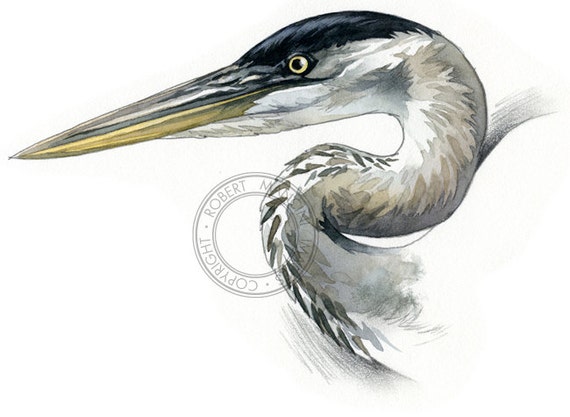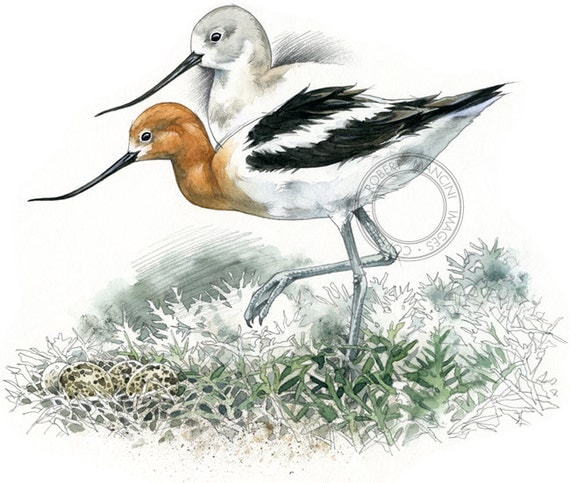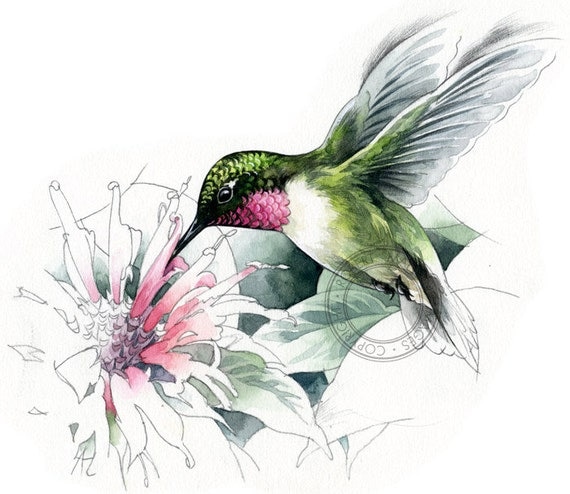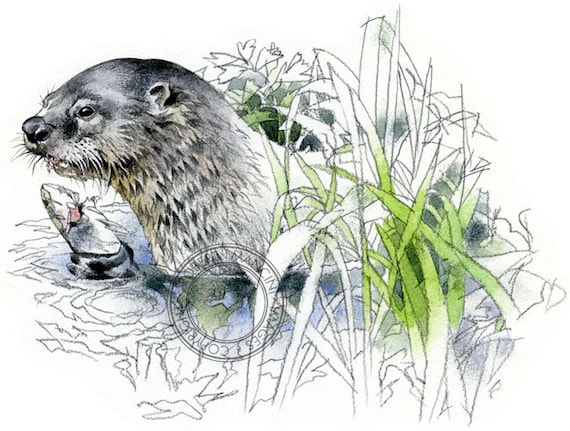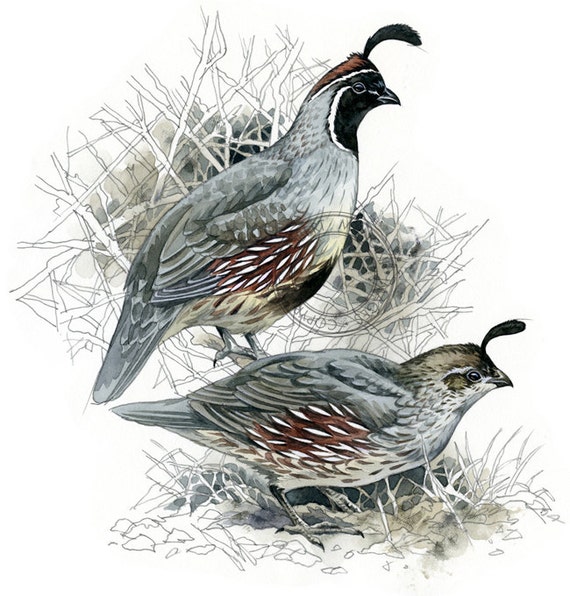It’s Sunday, and there’s so much good news to share I’ll be choosy and just show you the very best for now. First there is a nice article following Mike Callahan’s beaver presentation Smyrski Farm owned by the Weatinoge Land Trust.
Maybe the fierce-eyed bald eagle is the national symbo, but beavers — those social, endlessly industrious homebodies — fired the exploration of North America more than any other creature. To get their pelts, traders and trappers moved across the continent years ahead of any settlers.
“They make drastic changes to the landscape,” said Mike Callahan of Beaver Solutions, a Massachusetts-based company dedicated to helping beavers and humans peacefully coexist. “Usually for the better.”
As with the other large mammals that have found the state to their liking — white-tailed deer, black bear, coyote — humans now have to learn to live with beaver. Gone from Connecticut for at least a century and a half, they’re back in force, slapping tails, damming streams, sometimes flooding back yards.
“Native Americans called them ‘little people’ because other than humans, no other animal changes the environment so much,” Callahan said.
When beavers build a dam, that makes a pond. That makes an open habitat in the middle of the woods, where aquatic plants, fish, waterfowl, muskrat and mink can all thrive.
“They’re really great at creating an awesome heterogeneous landscape with lots of biodiversity,” said Mike Jastremski, watershed conservation director for the Housatonic Valley Association.
Beaver ponds help regulate downstream flooding with the newly created wetlands soaking up rain water like a giant sponge.
After a time, when the beavers vacate the premises, the dam deteriorates, the pond flows away, and you’ve got a new habitat — a woodland meadow. A new set of species adapts to that. Eventually, when that meadows grows back to woods, beavers can return.
Callahan now makes his living installing systems to let people and beavers coexist. The only other option is trapping and killing them. There are too many beavers in the state to relocate them.
“They used to move them to somewhere else,” Josephson of the Naromi Land Trust said. “Now, there is nowhere else.”
“They’re sort of like mice,” said Marge Josephson, president of the Naromi Land Trust in Sherman. “If you see one mouse in your house, it means you’ve got a lot of mice. If you see one beaver, you’ve got more than one.”
Hurray for Mike, traveling between states to spread the beaver gospel with other land trusts. Clearly Mr. Jamstremski did his homework on the topic and understands why all this all matters. We’re not so sure about Marge (who needs politely reminding that its not generally a good idea to remind listeners that beavers are like mice in their house!)
Sheesh!
My mailbox has been ringing with donations all week for our silent auction at the beaver festival, but I’m going to start with the watercolor prints by Robert Mancini of Melbourne Australia.
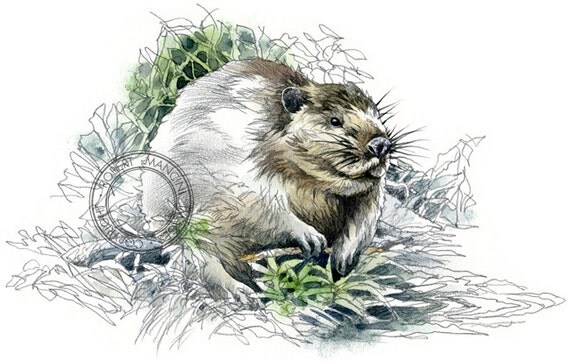
He is a truly talented artist that works to capture the natural world with his prodigious gift. I still can’t believe how generous he was with us. Obviously his beaver painting got my attention first, but I was thrilled to see the many others he included, of which these are just a sample., all signed and on quality paper. Go look at his website to see how talented he truly is. Thank you Rob, for your generous support of beavers!
